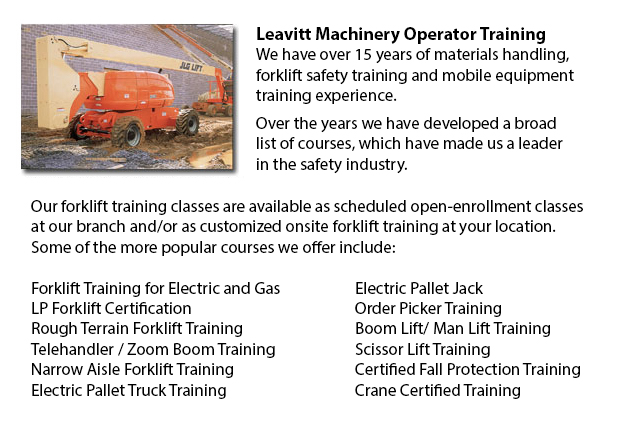
London Aerial Boom Lift Ticket - Aerial lift trucks can accommodate various duties involving high and tricky reaching spaces. Often used to perform daily repair in structures with elevated ceilings, prune tree branches, raise burdensome shelving units or fix telephone cables. A ladder might also be utilized for some of the aforementioned tasks, although aerial hoists offer more security and stability when properly used.
There are a number of different models of aerial forklifts accessible, each being capable of performing moderately unique tasks. Painters will sometimes use a scissor lift platform, which is able to be used to reach the 2nd story of buildings. The scissor aerial platform lifts use criss-cross braces to stretch and extend upwards. There is a platform attached to the top of the braces that rises simultaneously as the criss-cross braces lift.
Bucket trucks and cherry pickers are a different type of aerial lift. They contain a bucket platform on top of a long arm. As this arm unfolds, the attached platform rises. Lift trucks utilize a pronged arm that rises upwards as the lever is moved. Boom lifts have a hydraulic arm that extends outward and elevates the platform. Every one of these aerial lifts have need of special training to operate.
Training programs offered through Occupational Safety & Health Association, known also as OSHA, embrace safety steps, system operation, repair and inspection and machine cargo capacities. Successful completion of these education courses earns a special certified license. Only properly certified individuals who have OSHA operating licenses should drive aerial platform lifts. The Occupational Safety & Health Organization has formed rules to maintain safety and prevent injury when using aerial platform lifts. Common sense rules such as not utilizing this apparatus to give rides and making sure all tires on aerial hoists are braced in order to prevent machine tipping are noted within the guidelines.
Sadly, figures show that more than 20 operators die each year while running aerial lift trucks and 8% of those are commercial painters. The majority of these accidents are due to inadequate tire bracing and the hoist falling over; for that reason a lot of of these deaths were preventable. Operators should make certain that all wheels are locked and braces as a critical safety precaution to prevent the device from toppling over.
Marking the encompassing area with noticeable markers need to be used to protect would-be passers-by in order that they do not come near the lift. What's more, markings must be set at about 10 feet of clearance between any electric lines and the aerial hoist. Lift operators must at all times be appropriately harnessed to the hoist when up in the air.
-
London Crane License
London Crane License - Crane operators ought to be "credentialed", that means they must possess a crane operator license or certification. Credentialing is considered a mandatory governmental requirement in order to practice as a crane operator. Obta... More -
London Heavy Equipment Operator Training
London Heavy Equipment Operator Training - Training facilities which offer quality standards in the industry and not just provide field performing tasks but added equipment training are highly sought after. Accredited schools provide students the kno... More -
Telehandler Training in London
Telescopic handlers usually referred to as telehandlers for short, are a very popular piece of heavy construction machinery. They are usually utilized in the agriculture and construction industries. These machines have maximum reaching capacity and c... More -
London Boom Lift Certification
London Boom Lift Certification - Elevated work platforms allow maintenance operations and work to be carried out at heights which could not be reached by any other means. Workers utilizing boom lifts and scissor lifts can learn how to safely operate... More -
London Fall Protection Ticket
London Fall Protection Ticket - Fall-related accidents are the number one reason of death within the construction industry. The potential for fall incidents really increases based upon the kind of work that is being completed within your workplace. T... More -
London Forklift Safety Training
London Forklift Safety Training - Anybody who wants to operate a lift truck should take a forklift safety training program to become a certified forklift truck operator. There are several ways to obtain forklift training. Programs are provided throug... More -
Operator Safety Training, Re-Qualification Training, In-House Instructor Training in London
Lift trucks are used in nearly all warehouse operations and in boat yards and in industrial construction sites. The reach feature of a forklift is a vital component used in various applications like for instance whenever a shelving system is being us... More -
London Boom Lift Safety Training
London Boom Lift Safey Training - Boom lifts are a type of elevated work platform or aerial lifting device that are commonly utilized in construction, industry, and warehousing. Boom lifts can be used in practically any surroundings due to their vers... More

Forklift Certification London
TOLL FREE: 1-888-254-6157
London, Ontario
forkliftcertificationlondon.com
Email Us
About Us


